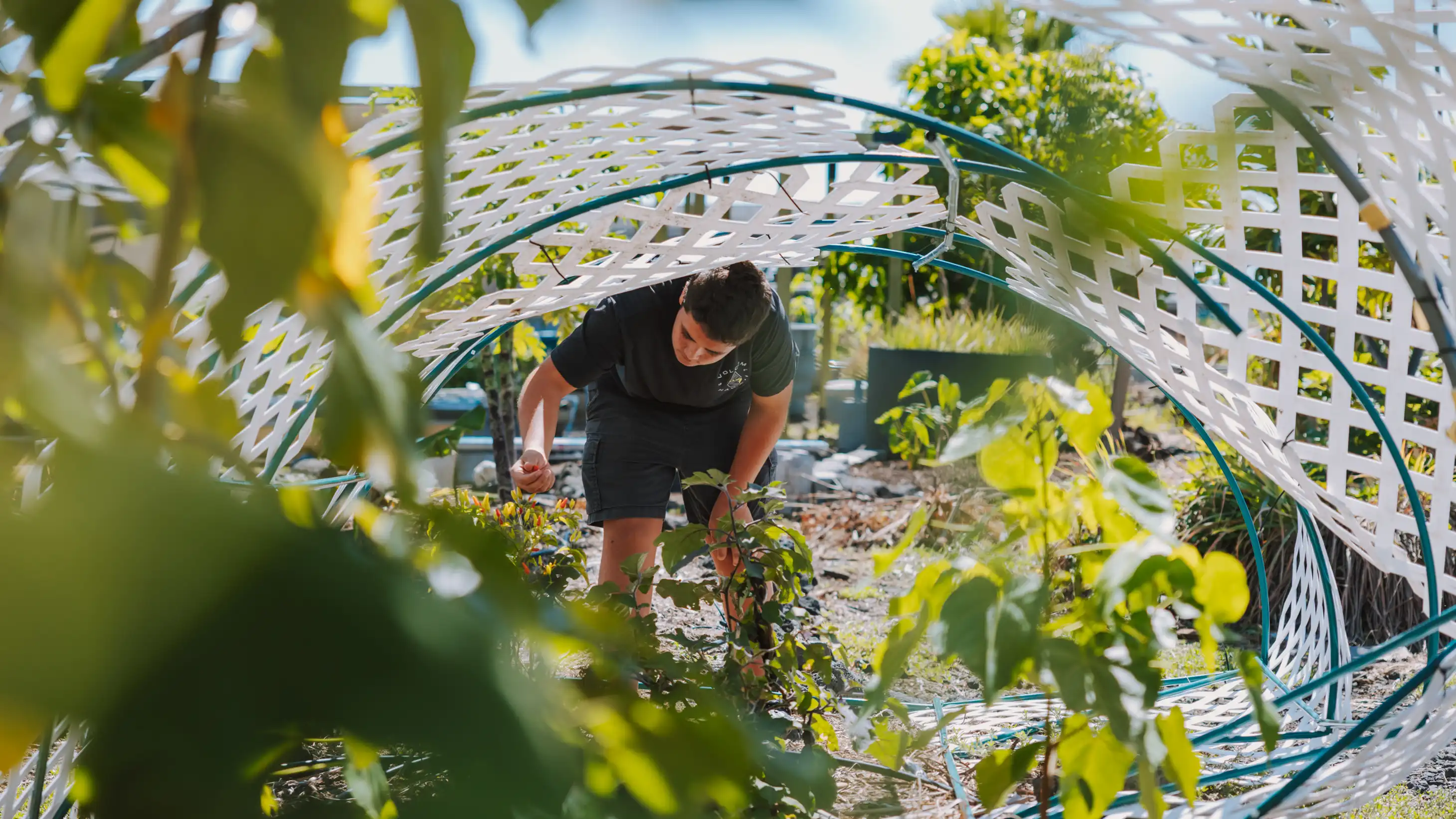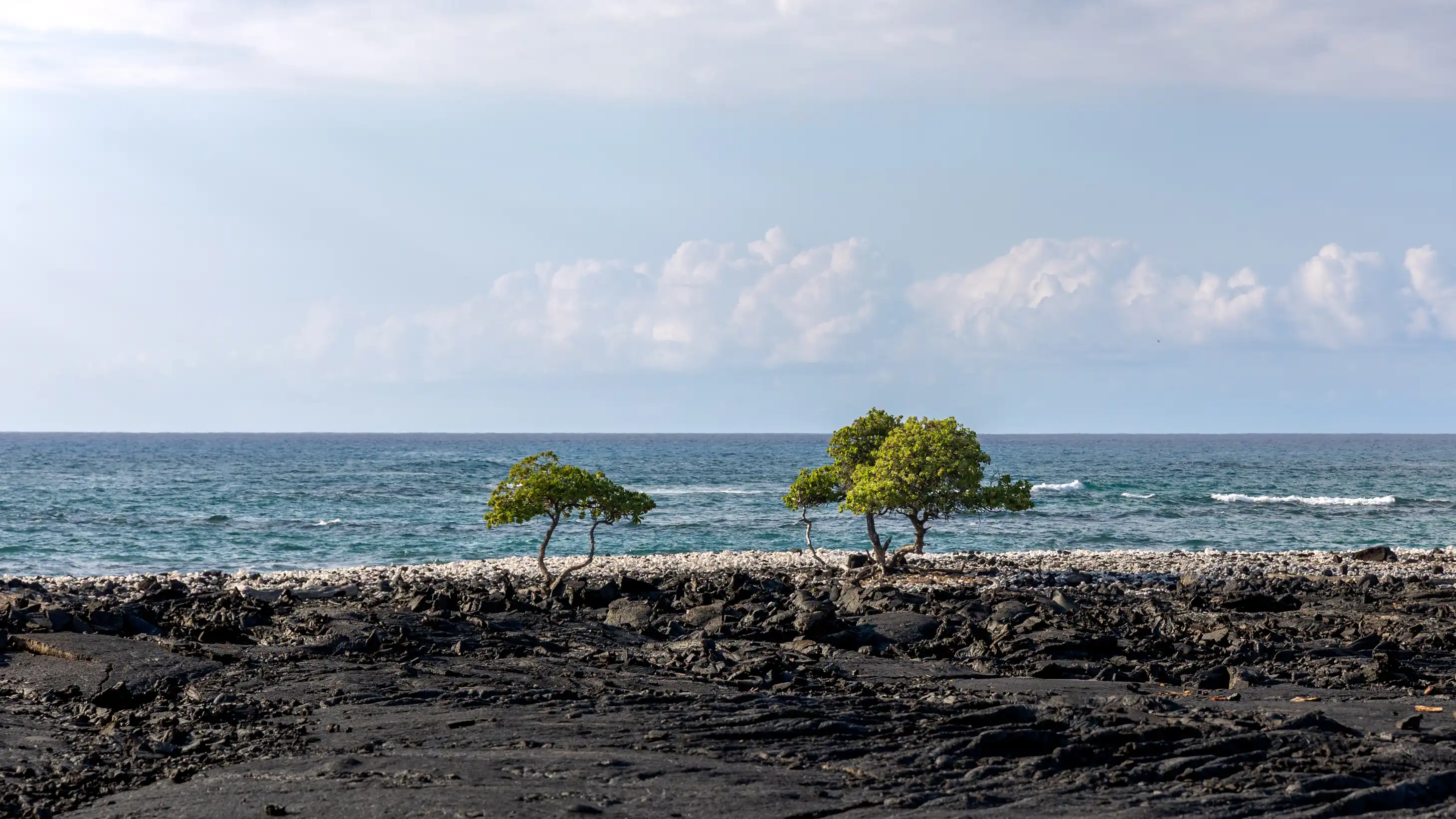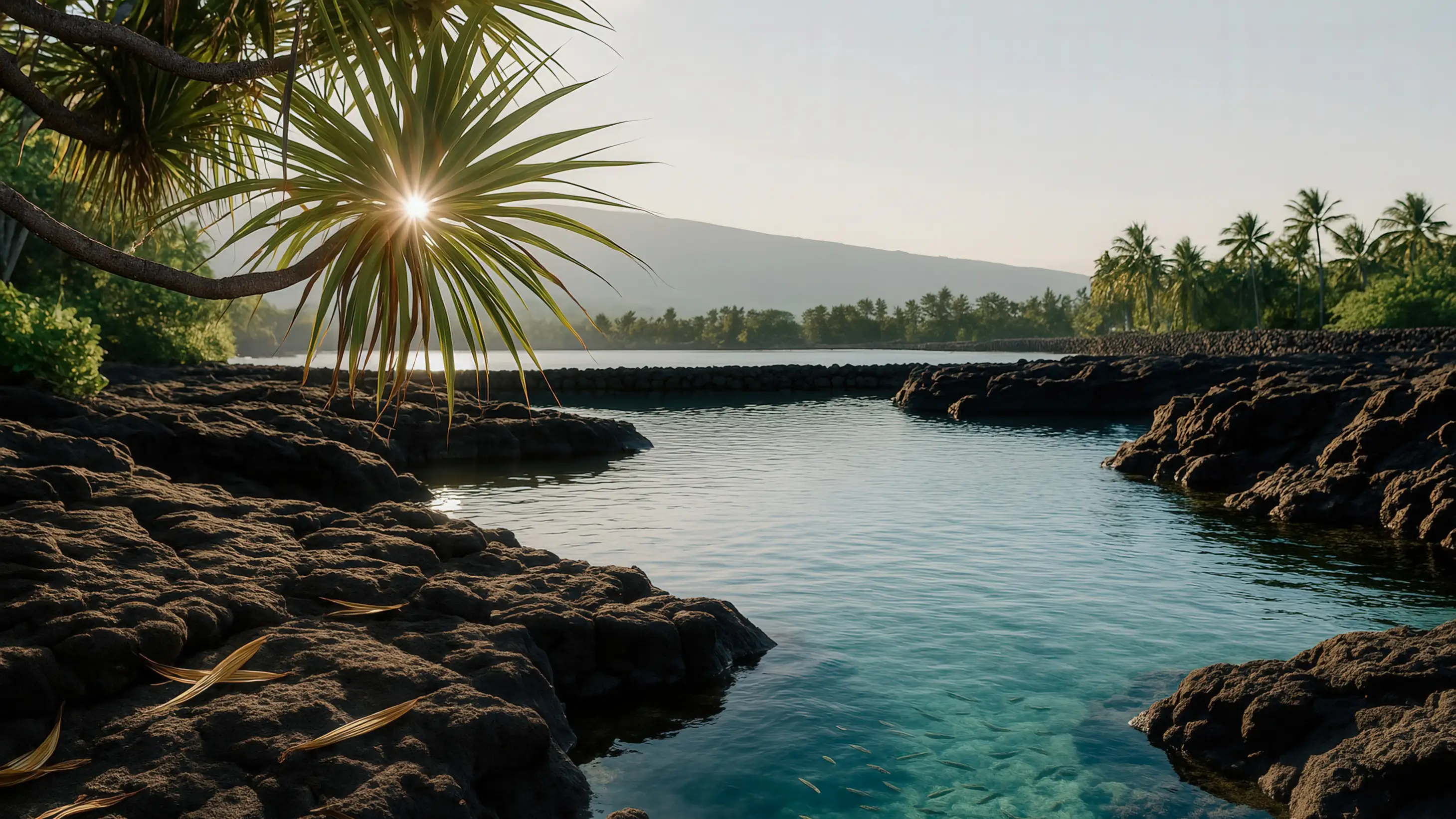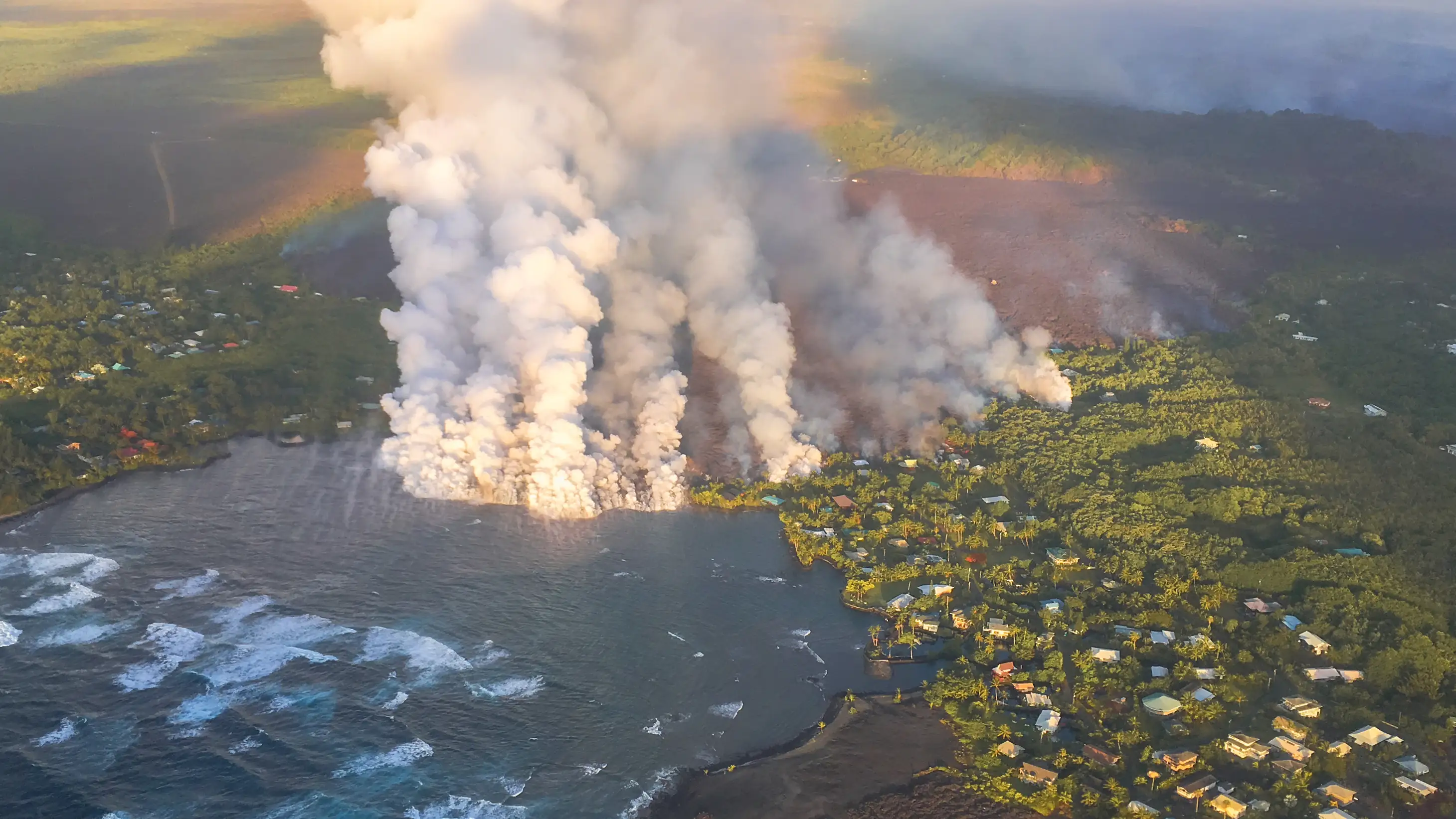It's sensational, and it can be applied occupationally or educationally.
Kuleana, it's such a naʻau thing that you know—naʻau—our head, our heart, our guts—that you know it by the feel of it. You know it when it's right. You know it when you've been taught what to strive for and you arrive on the path to it. And we can encourage one another. We can teach aspects, but really it's what you feel. It's sensational, and it can be applied occupationally or educationally.
Beyond Blood: Universal Access to Kuleana
How can we help one another get to that dearly loved condition of being? Where when we say that we're kamaʻāina to a place, when we say that we're a child of a place, that we would have that relationship, whether it's biological or kamaʻāina in the sense of being familiar with a place that in that familiarity comes with all the kuleana and all of the mālama and all of the aloha that we've been talking about throughout our conversations.
And it is not, you know, the koko (blood) is not a barrier to it. That it's something that the naʻau of all can access and commit to.
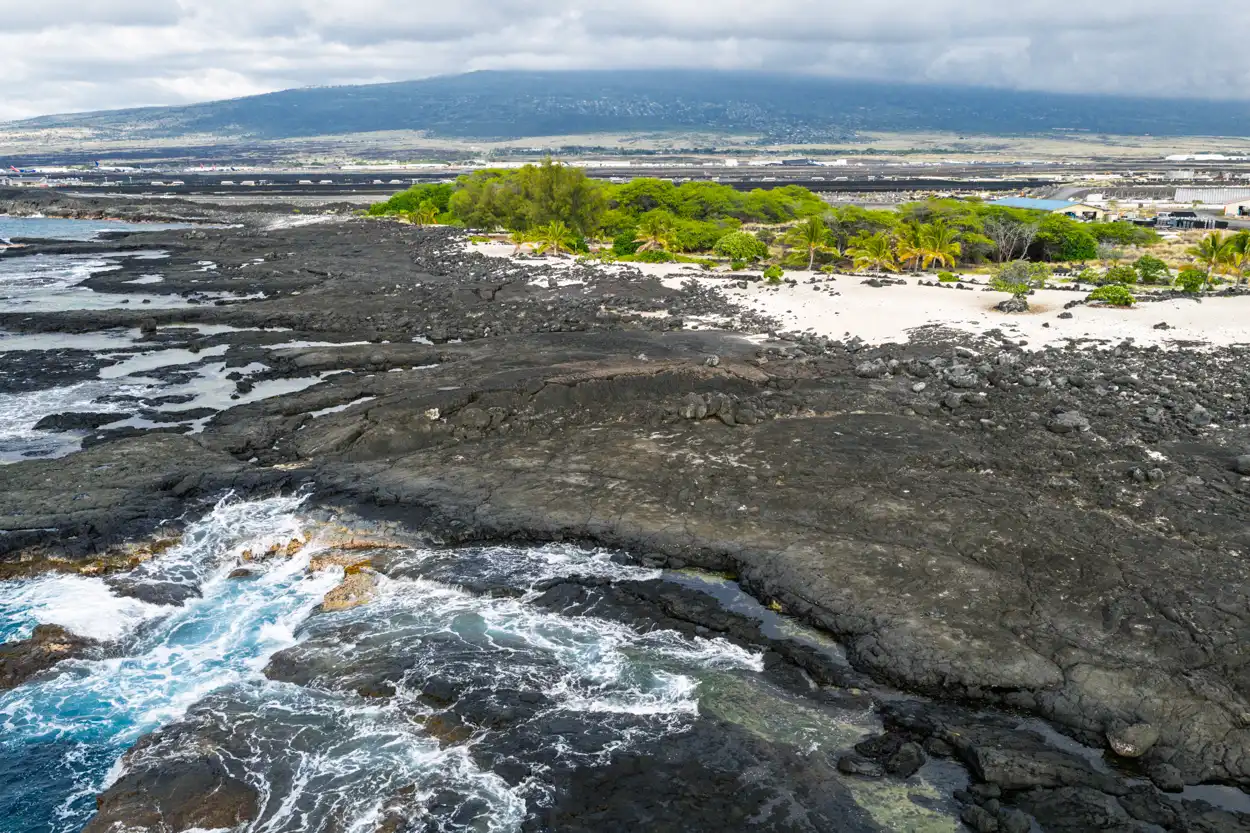
Living Within Our Environment
It's our kuleana to live within our environment, to find the comfort, to find the confidence, to find the contentment here. And so from one generation to the next, we've learned to live within our means in a water stressed environment.

